Dark Tourism in Nis, Part I
The city of Nis, now the third largest in Serbia, has a long history. It was part of the mighty Roman Empire, and the birthplace of the Emperor Constantine. A city of culture and wealth, it was located on the main route between Europe and the Middle East. A long history will record triumph and glory, but also tragedy and terror. Two sites within Nis allow visitors a glimpse into the latter; evidence of grim periods in more modern history that occured around 130 years apart.
Munching on a cabbage-filled pastry roll, I headed south-east through the city. It was a public holiday in Nis, and families were out and about, making their way to the river and the parkland of the old city fortress beyond. I wan’t sure if my destination, the grimly named Skull Tower, would be open, but I thought I’d chance it. After about 40 minutes my phone app said I had arrived, however I couldn’t see any monument or museum-like building nearby. I spotted what looked like an information kiosk, so went over for some guidance. It turned out to be the ticket office for the Tower, so I paid my entry fee and asked for directions. The lady told me to cross back over the little bridge and go to the chapel.
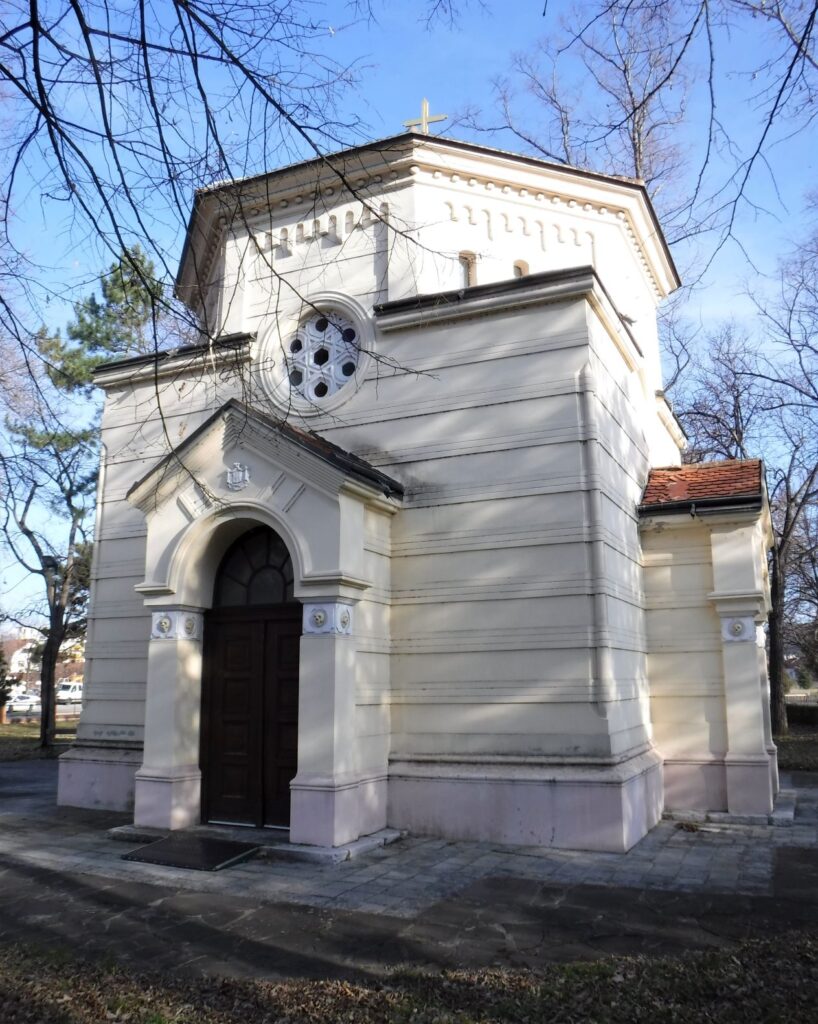
I did as directed, and when I arrived at the small chapel a staffer checked my ticket, gave me some information in hesitant English, and invited me inside. Having not done my homework, I didn’t realise that Skull Tower had been enclosed within a chapel since the 1890s.
Unsurprisingly, Skull Tower is a confronting spectacle. The remains of the Tower takes most of the space within the white-painted interior of the chapel, and the victims of atrocity meet your gaze as you enter.
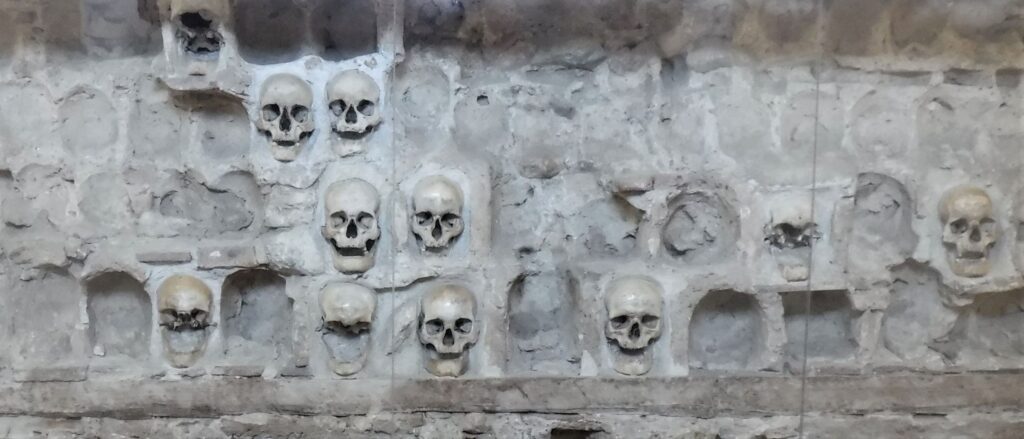
Displays within the chapel explain the grisly history of the Tower. The First Serbian Uprising against the occupying Ottoman Empire occured 1804-1813. On May 31, 1809, Turkish forces stormed the trench occupied by Serbian Commander Sindelic and his men, who were dug in around 8km north of the centre of present day Nis.
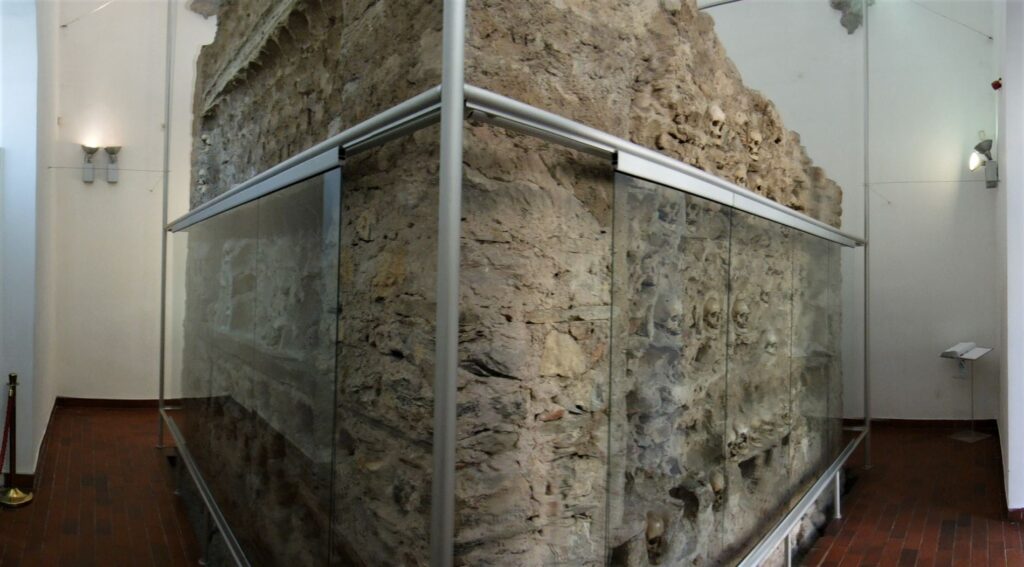
When Sindelic realised the situation was hopeless, he detonated the Serbian powder magazine, sacrificing himself, his remaining men, and a large number of the attacking Turks. It is estimated 4000 Serbs and 10,000 Turks were killed in the battles just north of Nis.
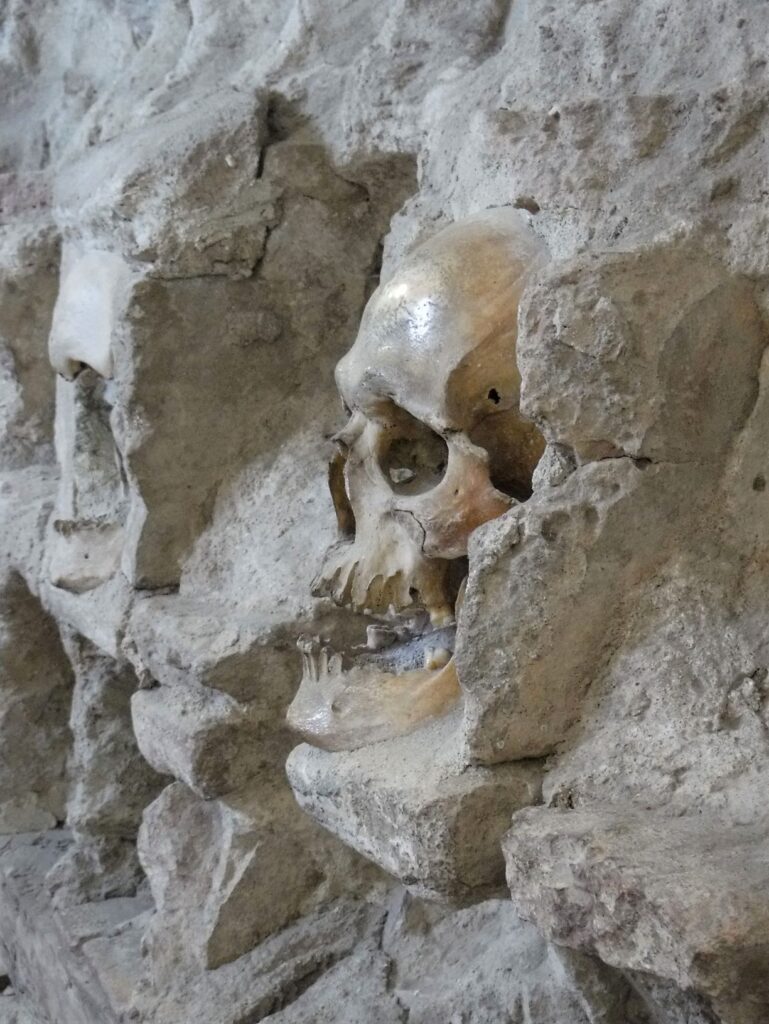
In retaliation for the action, the Turkish commander ordered the corpses of the Serbian dead to be decapitated, and their heads skinned. 952 skulls were incorporated into a prominently placed tower; a warning the local Serbs against any further insurrection.
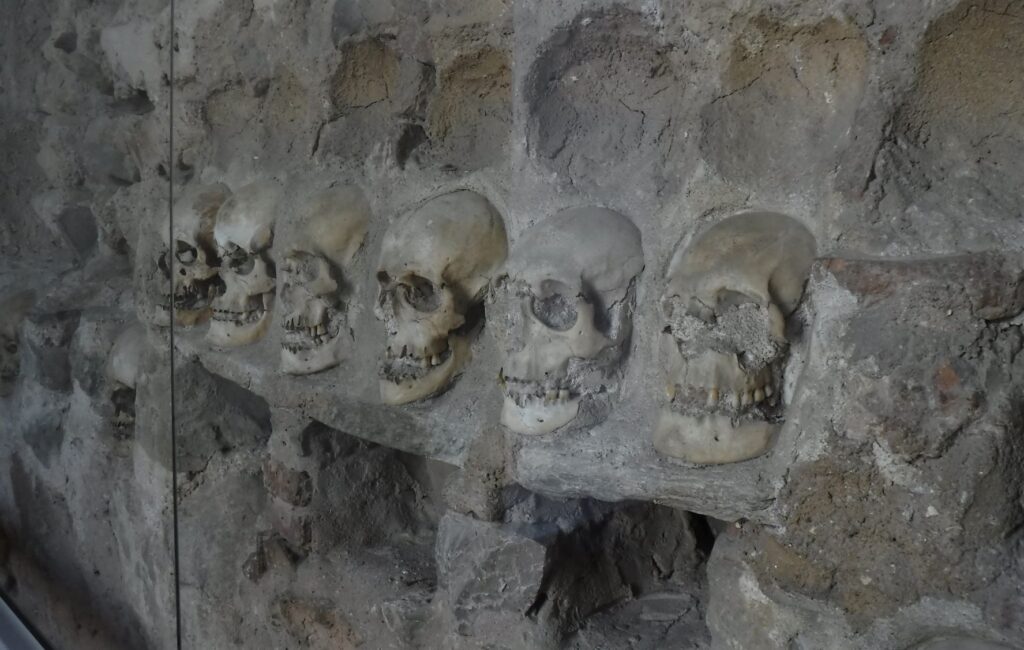
Today, most of the skulls have gone; lost, stolen, or buried over the years since the construction of the Tower. Regardless, the preserved remains are a stark and poignant reminder of a violent chapter in Serbian history.
The following day I visited another location in Nis where local people payed dearly at the hands of occupiers, some 130 years after Skull Tower was raised.
Find more about Skull Tower here
If you like this post, you may also enjoy Visiting Chernobyl, Valletta – Siege City
Leave a Reply